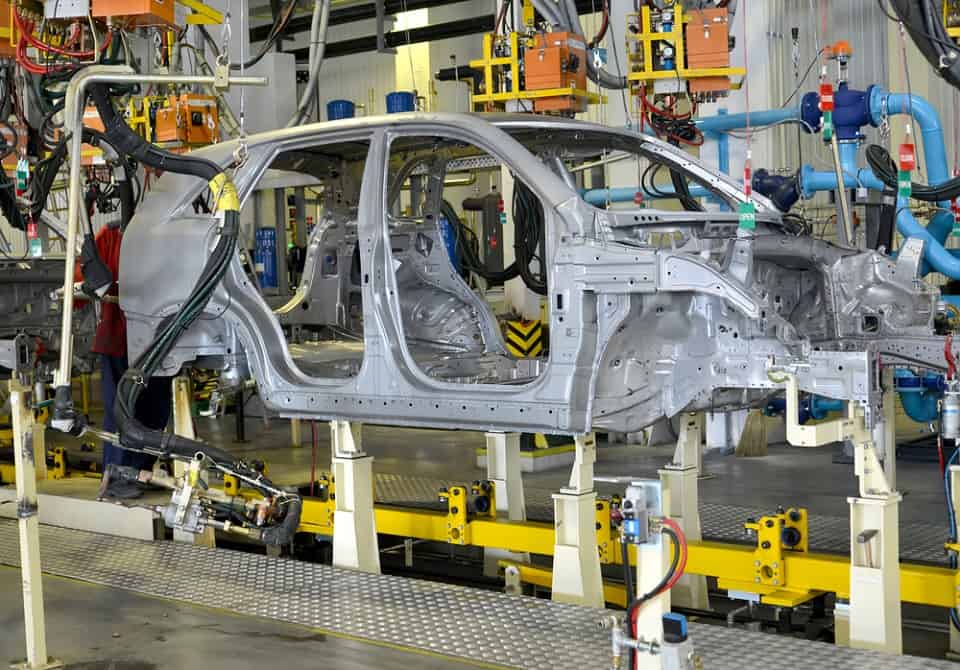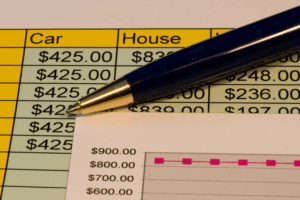Retained Earnings: Definition, Formula & Example

Profits give a lot of room to the business owner(s) or the company management to use the surplus money earned. This profit is often paid out to shareholders, but it can also be reinvested back into the company for growth purposes. Retained earnings refer to the historical profits earned by a company, minus any dividends it paid in the past. To get a better understanding of what retained earnings can tell you, the following options broadly cover all possible uses that a company can make of its surplus money. For instance, the first option leads to the earnings money going out of the books and accounts of the business forever because dividend payments are irreversible. Retained earnings are the cumulative net earnings or profits of a company after accounting for dividend payments.

What are the Benefits of Factoring Your Account Receivable?
It’s often the most important number, as it describes how a company performs financially. As you work through this part, remember that fixed assets are considered non-current assets, and long-term debt is a non-current liability. The company posts a $10,000 debit to cash (an asset account) and a $10,000 credit to bonds payable (a liability account).
How to Calculate Retained Earnings
Retained earnings are net income (profits) that a company saves for future use or reinvests back into company operations. You should report retained earnings as part of shareholders’ equity on the balance sheet. To raise capital early on, is retained earnings an asset or liability you sold common stock to shareholders.

Retained Earnings: Definition, Formula & Example
While you can use retained earnings to buy assets, they aren’t an asset. Retained earnings are actually considered a liability to a company because they are a sum of money set aside to pay stockholders in the event of a sale or buyout of the business. If a company undergoes liquidation, it will repay the retained earnings balance to shareholders.
Financial Controller: Overview, Qualification, Role, and Responsibilities
Before you make any conclusions, understand that you may work in a mature organisation. Shareholders and management might not see opportunities in the market that can give them high returns. For that reason, they may decide to make stock or cash dividend payments.
Importance of Retained Earnings for Small Businesses

This action merely results in disclosing that a portion of the stockholders’ claims will temporarily not be satisfied by a dividend. Owners of stock at the close of business on the date of record will receive a payment. For traded securities, an ex-dividend date precedes the date of record by five days to permit the stockholder list to be updated and serves effectively as the date of record. Retained earnings (RE) are created as stockholder claims against the corporation owing to the fact that it has achieved profits. Retained Earnings is the collective net income since a company began minus all of the dividends that the company has declared since it began. Not sure if you’ve been calculating your retained earnings correctly?
Firm of the Future
Retained earnings (RE) are calculated by taking the beginning balance of RE and adding net income (or loss) and then subtracting out any dividends paid. One can get a sense of how the retained earnings have been used by studying the corporation’s balance sheet and its statement of cash flows. Usually, retained earnings consists of a corporation’s earnings since the corporation was formed minus the amount that was distributed to the stockholders as dividends. In other words, retained earnings is the amount of earnings that the stockholders are leaving in the corporation to be reinvested. Most software offers ready-made report templates, including a statement of retained earnings, which you can customize to fit your company’s needs.
- As mentioned above, companies accumulate their profits or losses for several periods under this balance.
- When a company generates net income, it is typically recorded as a credit to the retained earnings account, increasing the balance.
- Retained earnings refer to the money your company keeps for itself after paying out dividends to shareholders.
- They go up whenever your company earns a profit, and down every time you withdraw some of those profits in the form of dividend payouts.
- Meanwhile, net profit represents the money the company gained in the specific reporting period.
This bookkeeping concept helps accountants post accurate journal entries, so keep it in mind as you learn how to calculate retained earnings. Some benefits of reinvesting in retained earnings include increased growth potential and improved profitability. Reinvesting profits back into the business can help it expand and become more successful over time. It can reinvest this money into the business for expansion, operating expenses, research and development, acquisitions, launching new products, and more. The specific use of retained earnings depends on the company’s financial goals.
How to Calculate Retained Earnings: Formula and Example
It’s an equity account in the balance sheet, and equity is the difference between assets (valuables) and liabilities (debts). Retained earnings can typically be found on a company’s balance sheet in the shareholders’ equity section. Retained earnings are calculated through taking the beginning-period retained earnings, adding to the net income (or loss), and subtracting dividend payouts. Cash payment of dividends leads to cash outflow and is recorded in the books and accounts as net reductions. As the company loses ownership of its liquid assets in the form of cash dividends, it reduces the company’s asset value on the balance sheet, thereby impacting RE. Assuming your business pays its shareholders dividends (stock or cash), you’ll need to factor online bookkeeping those into your calculations.
